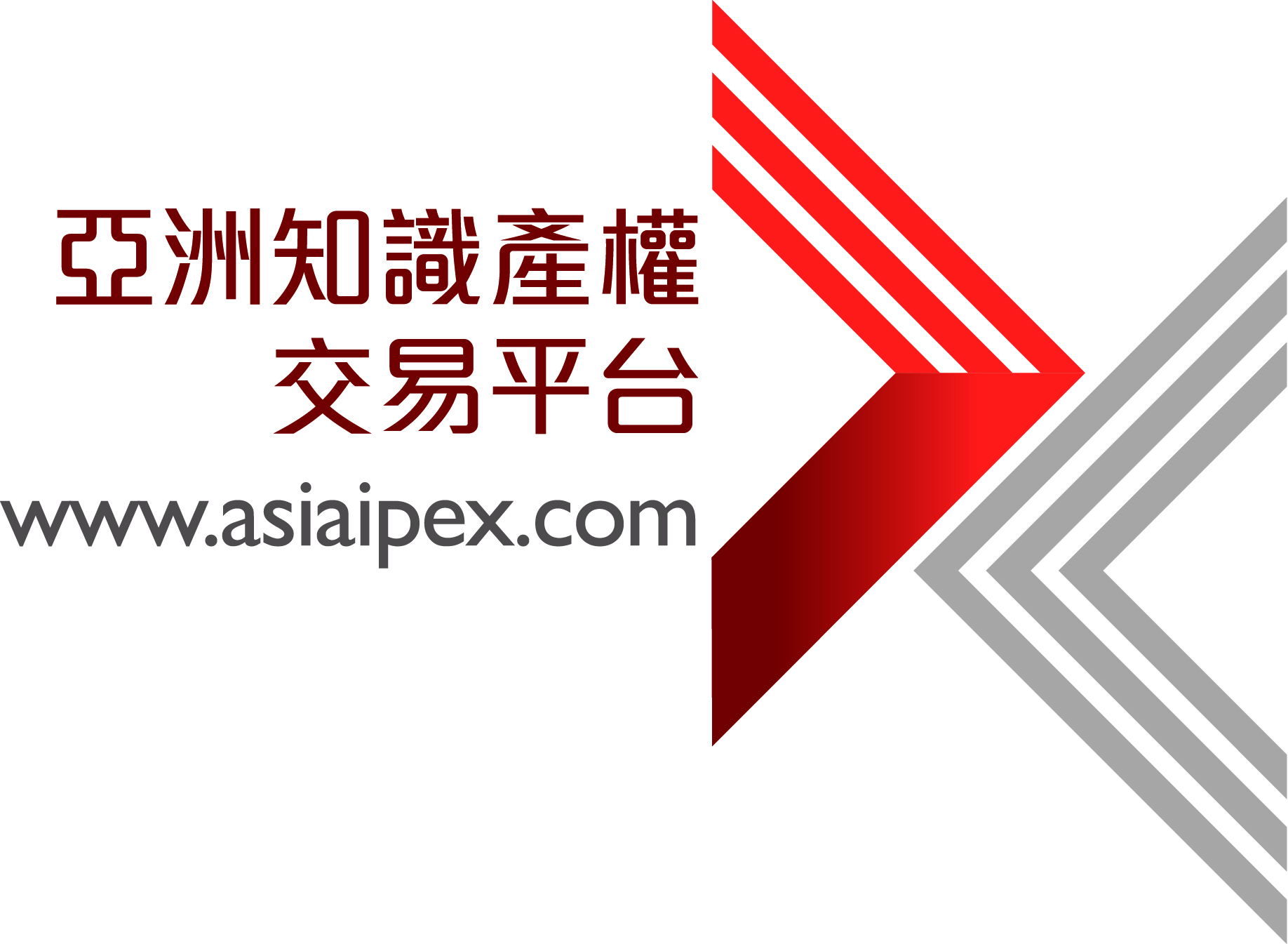Perfusable Scale-up Hybrid Tissue Fabrication
- 詳細技術說明
- Researchers at the University of Iowa have developed the technologythat enables fabrication of scale-up perfusable tissues and organs using anautomated process through 3D printing. The invented novel biofabricationprocess achieves 3D tissue and organ fabrication by assembling mini-tissue strandswith printable vasculature through the use of a multi-arm bioprinter (MABP).The MABP facilitates in tandem printing of the cell aggregate strands withvasculature to provide media fusion. Upon assembly, cell aggregate standsquickly fuse each other and the vasculature, and mature in less than a week. Thecell aggregate strands are fabricated using a microfluidic-based approach,which is practical and enables generation of cell aggregate strands with definedgeometric, mechanical, and biological properties. In addition, they can beeasily transferred to a bioprinter unit that allows direct printing without anybiopolymer scaffolding. This technology will be required for the long termsurvival of any tissue over 1 cm thick, because that tissue will require theaddition of a vascular network to facilitate media exchange.
- *Abstract
-
TechnologySummary
Researchers at the University of Iowa have developed the technologythat enables fabrication of scale-up perfusable tissues and organs using anautomated process through 3D printing. The invented novel biofabricationprocess achieves 3D tissue and organ fabrication by assembling mini-tissue strandswith printable vasculature through the use of a multi-arm bioprinter (MABP).The MABP facilitates in tandem printing of the cell aggregate strands withvasculature to provide media fusion. Upon assembly, cell aggregate standsquickly fuse each other and the vasculature, and mature in less than a week. Thecell aggregate strands are fabricated using a microfluidic-based approach,which is practical and enables generation of cell aggregate strands with definedgeometric, mechanical, and biological properties. In addition, they can beeasily transferred to a bioprinter unit that allows direct printing without anybiopolymer scaffolding. This technology will be required for the long termsurvival of any tissue over 1 cm thick, because that tissue will require theaddition of a vascular network to facilitate media exchange.
Advantages
Potential to makesignificant progress in organ fabrication technology that will eventually beapplied to various organs and tissues and drastically reduce the demand fororgan transplantation
Fast fusion andmaturation of cell aggregate strands on vasculature
Ensures long-termsurvival of any tissue over 1 cm thick
Can be used inthe pharmaceutical industry for drug testing in the short-term
BackgroundInformation
Over 120,000 people are awaiting kidney, liver, and heart transplantsin the U.S. alone, and each day 22 people die waiting for an organ. Theshortage for organ transplants continues to grow as patient demand surpassessupply and few suitable substitutes have been identified. Tissue engineeringholds promise for alleviating organ shortages while minimizing side effects andmaximizing a patient's quality of life. The majority of strategies currentlyused in tissue engineering employ a scaffold, which is used to organize cellsin a 3D structure to direct the growth and formation of the desired tissue.Despite the various developments in scaffold-based tissue engineering, existingscaffold fabrication systems do not permit precise placement of multiple celltypes in high cell densities inside a 3D architecture. Furthermore, existing scaffold fabrication systems do not allowsuccessful tissue generation due to (1) low cell density, (2) decreased cellinteraction, (3) prolonged degradation times, and (4) associated toxicityissues. The proposed technology attempts to overcome these limitations.
- *Licensing
- KellenSensorLicensingAssociateUniversityof Iowa Research FoundationPhone:(319) 335-4073Email:kellen-sensor@uiowa.edu
- 國家/地區
- 美國






